
|
 |  Εκτύπωση Εκτύπωση
 |  | Cyprus Museum, Lefkosia |
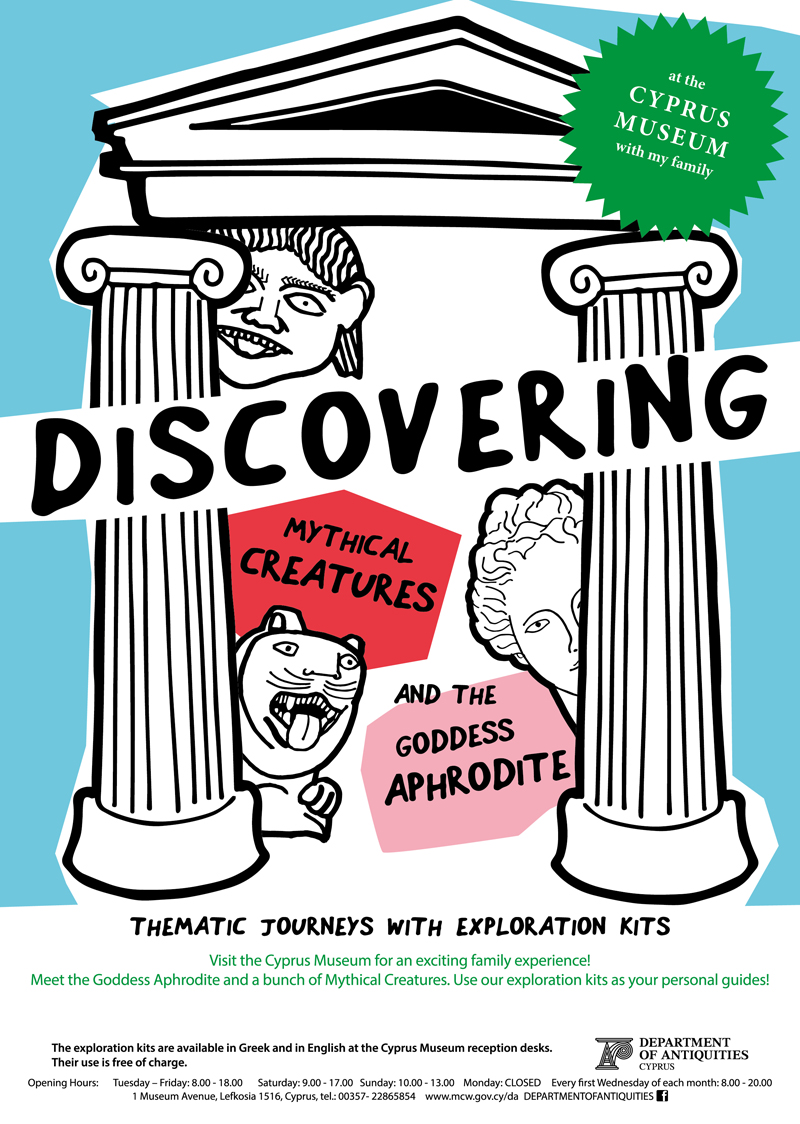
FOR THE CYPRUS MUSEUM DOCUMENTARY PRESS HERE
The first archaeological Museum of Lefkosia was housed in a building on Victoria St. in old Lefkosia, in the occupied part of the town. It was founded in 1888 as a privately run institution to protect the finds that started to come to light during the first legal excavations undertaken during the British rule of the island.
The first law concerning archaeology was voted in 1905 and was the first essential step towards the establishment of archaeology in Cyprus. A committee, chaired by the British governor, undertook the direction of the museum. The continuously growing number of finds from systematic excavations which were mainly undertaken by foreign missions, such as the Swedish Archaeological School mission directed by professor Einar Gjerstad, forced the museum's committee to look for new premises for the exhibition and the storage of the finds.
The voting in 1935 of a new Archaeological Law and the creation of the Department of Antiquities gave the opportunity to the Museum to become fully official. Many significant excavations were undertaken by Cypriot researchers and brought to light some of the earliest phases of settlement in the island, establishing the historical evolution of Cyprus and enriching the collections of the Museum with important finds. With the island’s independence in 1960, Cypriot archaeology further flourished since it was at last possible for it to confront its relative isolation and to confirm its position in the front line of international archaeological research.
The Archaeological Museum of Lefkosia consists of fourteen rooms surrounding a square central area and is comprised of offices, a library, storerooms and areas for preserving and studying items in the collection. The objects in the rooms follow a chronological and a thematical succession.
On the right side of Room I a series of objects (tools, stone vessels and figurines) is presented, which constitute the earliest evidence of human presence on the island during the Neolithic period. The left side of the room is dedicated to the Chalcolithic period when stone vessels coexist with handmade clay vessels as well as with figurines made out of picrolite. In the first exhibition case, in the middle of the room, clay objects are on display, which constitute the first evidence of worship.
The following two rooms contain pottery. Room II is dedicated to the rich collection of pottery of the Early Bronze Age while in Room III reference is made to the evolution of pottery from the Middle Bronze Age to the Roman period. The exhibited objects demonstrate the rich local ceramic tradition of Cyprus but at the same time special reference is made to the imported Mycenaean, Phoenician and Attic pottery as well as to faience objects, which played a vital role in the establishment of the local pottery style.The imported Mycenaean craters and the locally produced Archaic vessels of the “free-field” style are given a prominent position.
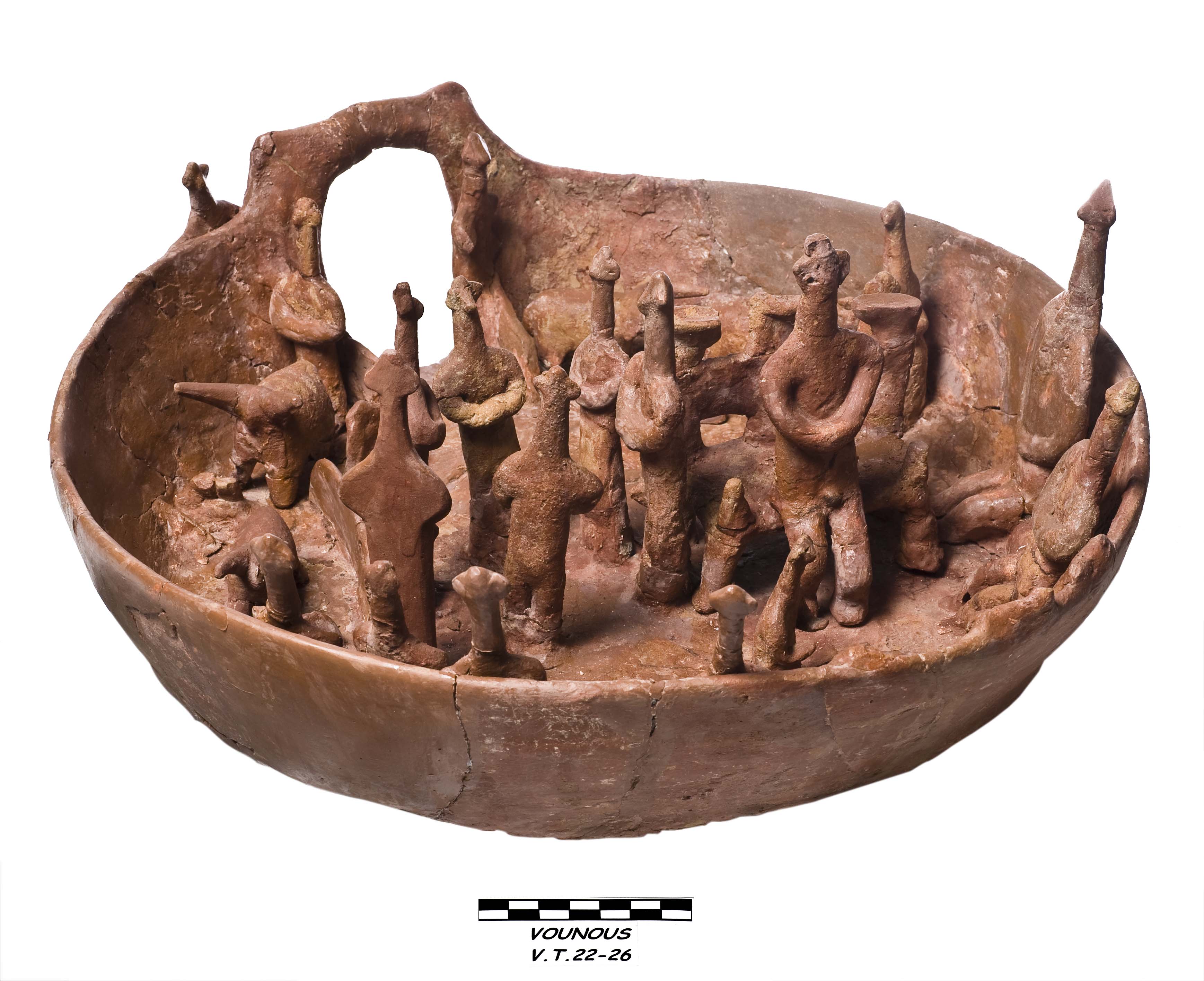
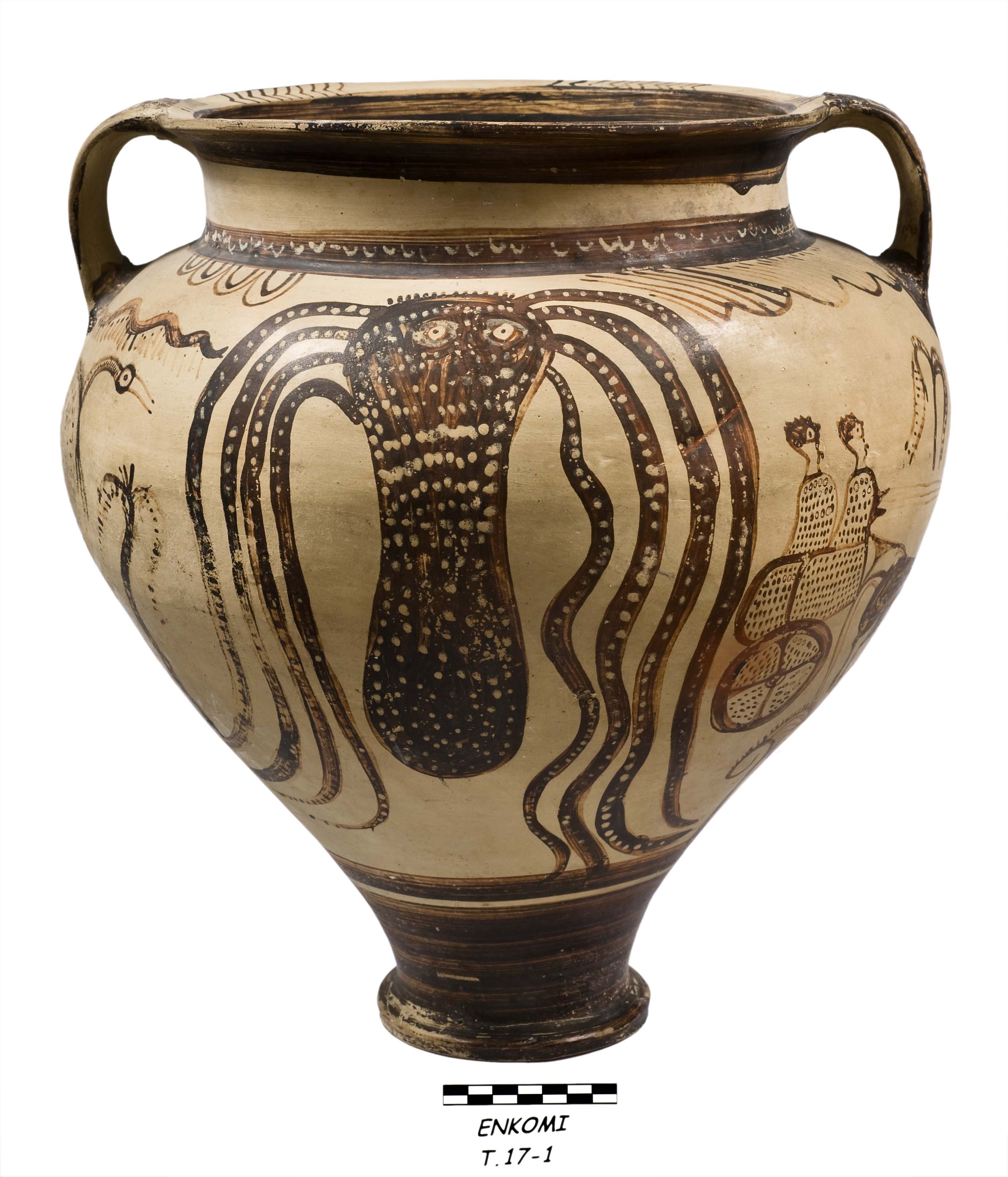 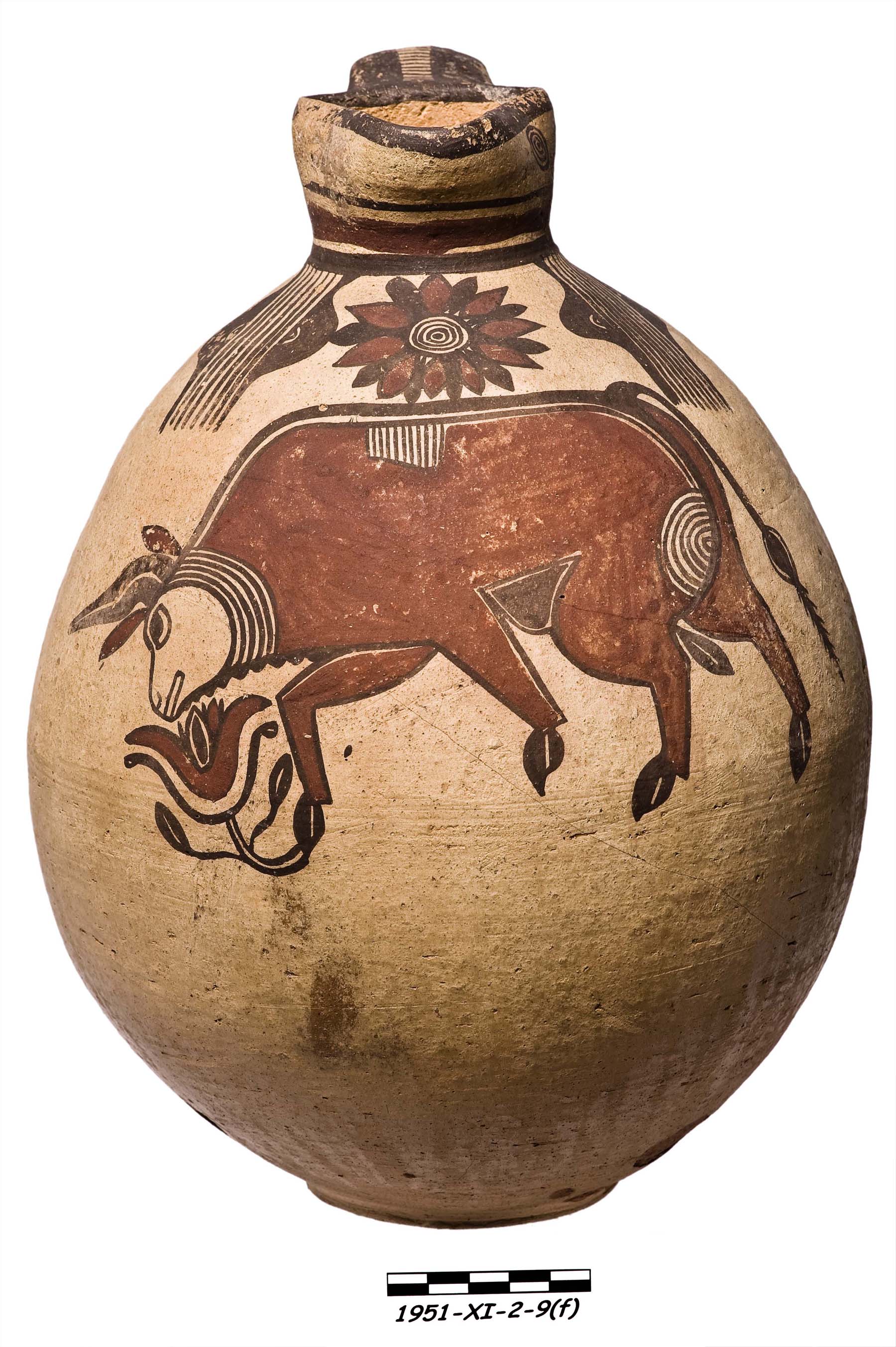 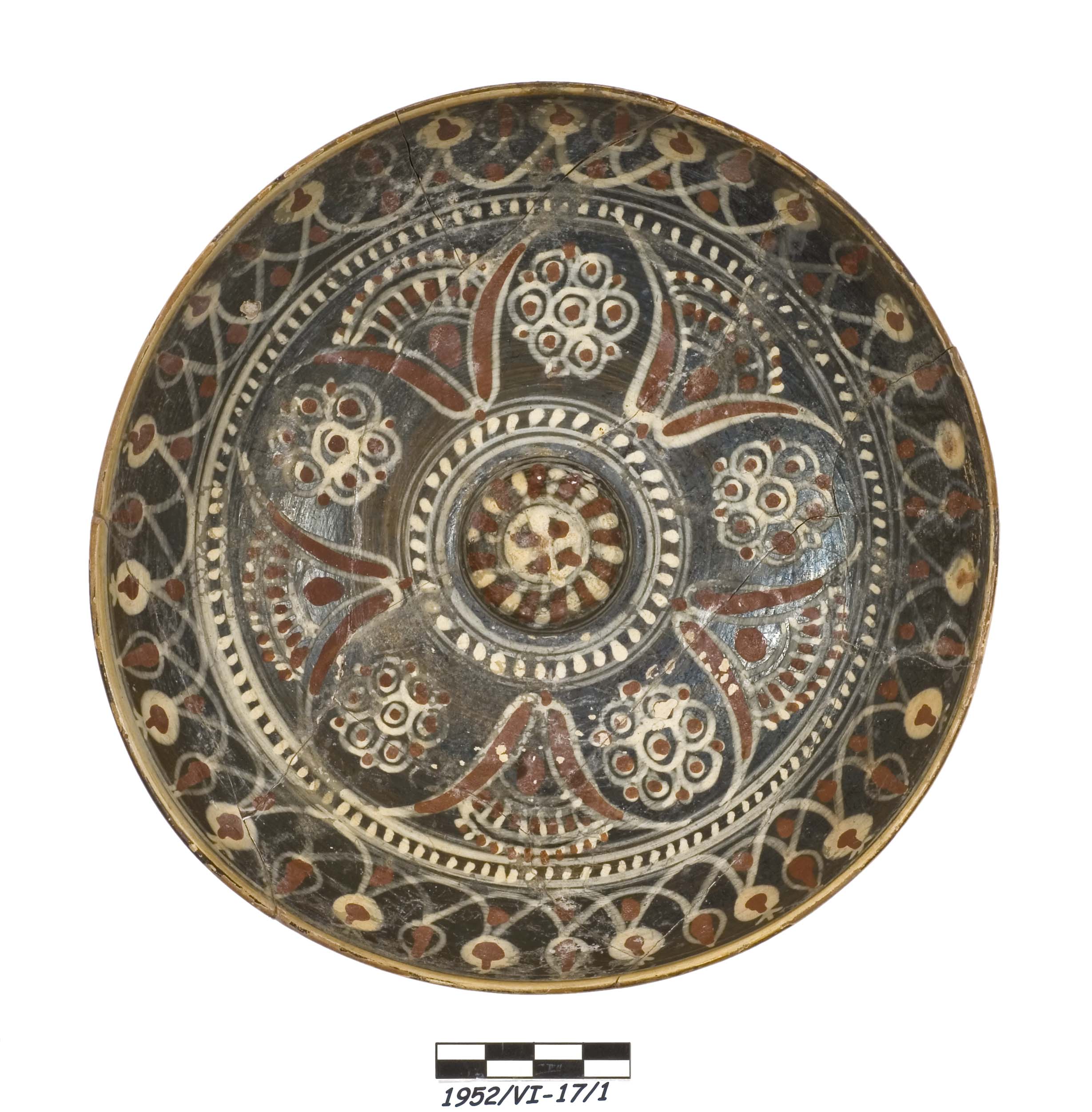 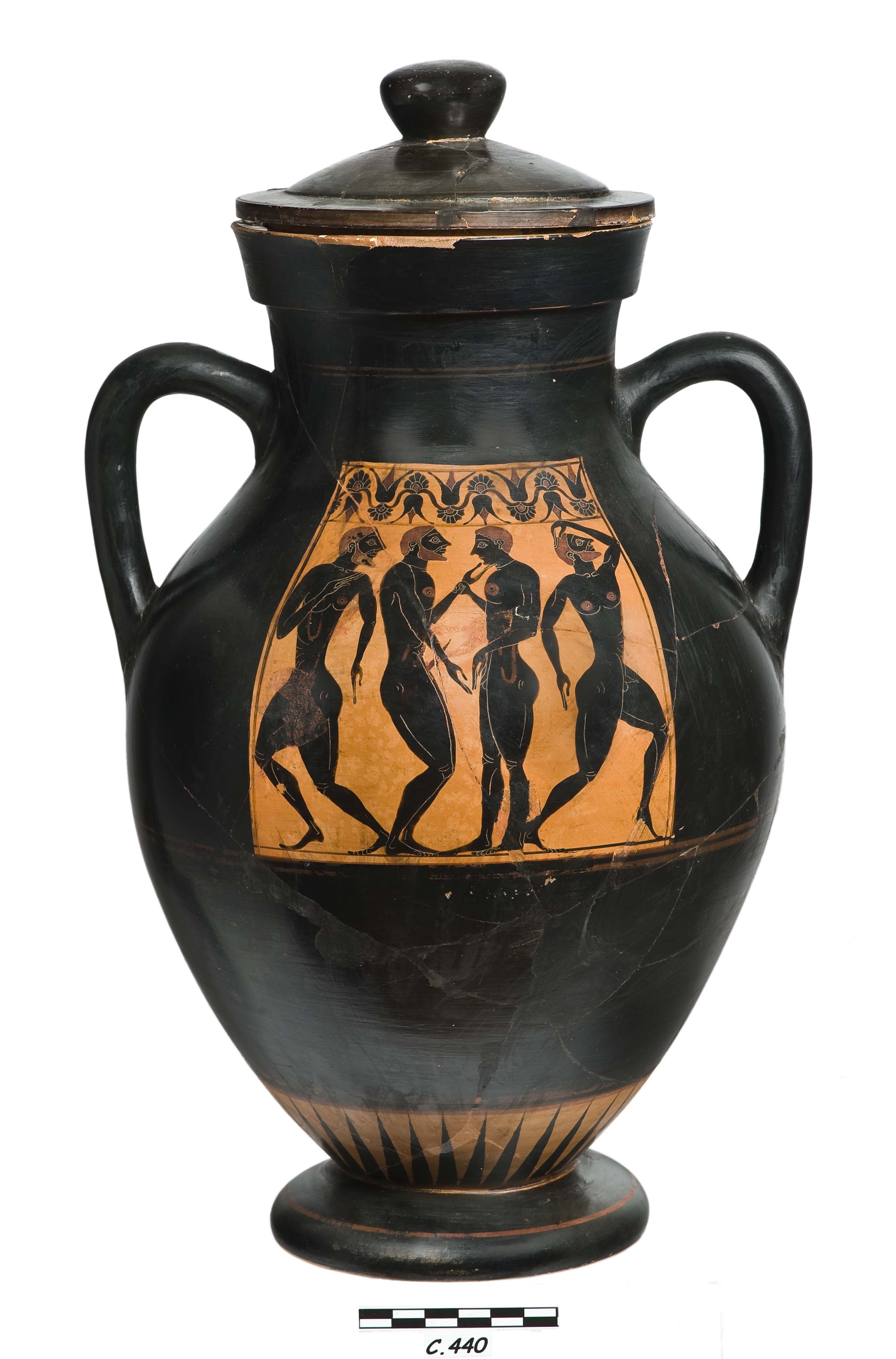
In Room IV hundreds of clay figurines and statues are displayed that were found around a circular altar in the Archaic sanctuary at Agia Irini.
The evolution of the strong Egyptian and Assyrian influences of the statuary from the Classical period is on display in Room V. The Archaic statues, carved in the local limestone, gradually gave their place to works with Greek influences, carved into the imported marble. The later phase of Cypriot statuary, dated to the Hellenistic and Roman periods, is exhibited in Room VI where we find mainly marble and bronze statues. In the centre of the room, the bronze statue of Septimius Severus constitutes the main exhibited work of art.
Room VII is divided into three sections. The first one is dedicated to the rich collection of bronze objects which reflect the wide use of this material, for which Cyprus was famous in antiquity, so much so in everyday activities (agricultural tools) as in warfare activities (weapons), commercial exchange goods (tripods) and ritual practices (Horned God from Egkomi). In the central section of the room specimens from the museum’s rich collection of seals and coins are on display, which represent all the mints of the Cypriot kingdoms as well as the mint during the Ptolemaic rule on the island. On the wall behind the coins two boards are hung containing parts of floor mosaics from two roman buildings. The last section of the room contains gold jewellery, silver vessels, glass objects and lamps dating from the Early Bronze Age to early Christian times.
Room VIII, which is on a lower level under the stairs leading to the metallurgy room, has been specially modified to receive a reconstruction of tombs dating from the 4th millennium to the 4th century B.C. To the right of Room VIII, is Room IX, which contains grave monuments such as carved grave stele, painted clay sarcophagi and limestone sarcophagi decorated with carvings.
Opposite, in Room X, we find a retrospection of the evolution of writing in Cyprus. Starting from the earliest evidence of writing is the Cypro-minoan script followed by specimens of the Cypro-syllabic script, and finally the predomination of the alphabetic script.
Room XI is on the first floor and hosts magnificent finds from the royal tombs of Salamis, such as the bed decorated with pieces of ivory and coloured glass, the two thrones and a bronze cauldron supported on an iron tripod and decorated around the edges with four busts of sirens and eight griffins.
Room XII is the Cyprus Museum's Temporary Exhibition Hall.
Sculptures that decorated the gymnasium in Salamis during the Roman period are on display in Room XIII, on the ground floor. The sculptures are accompanied by photographs of the excavations of the gymnasium, which took place before 1974.
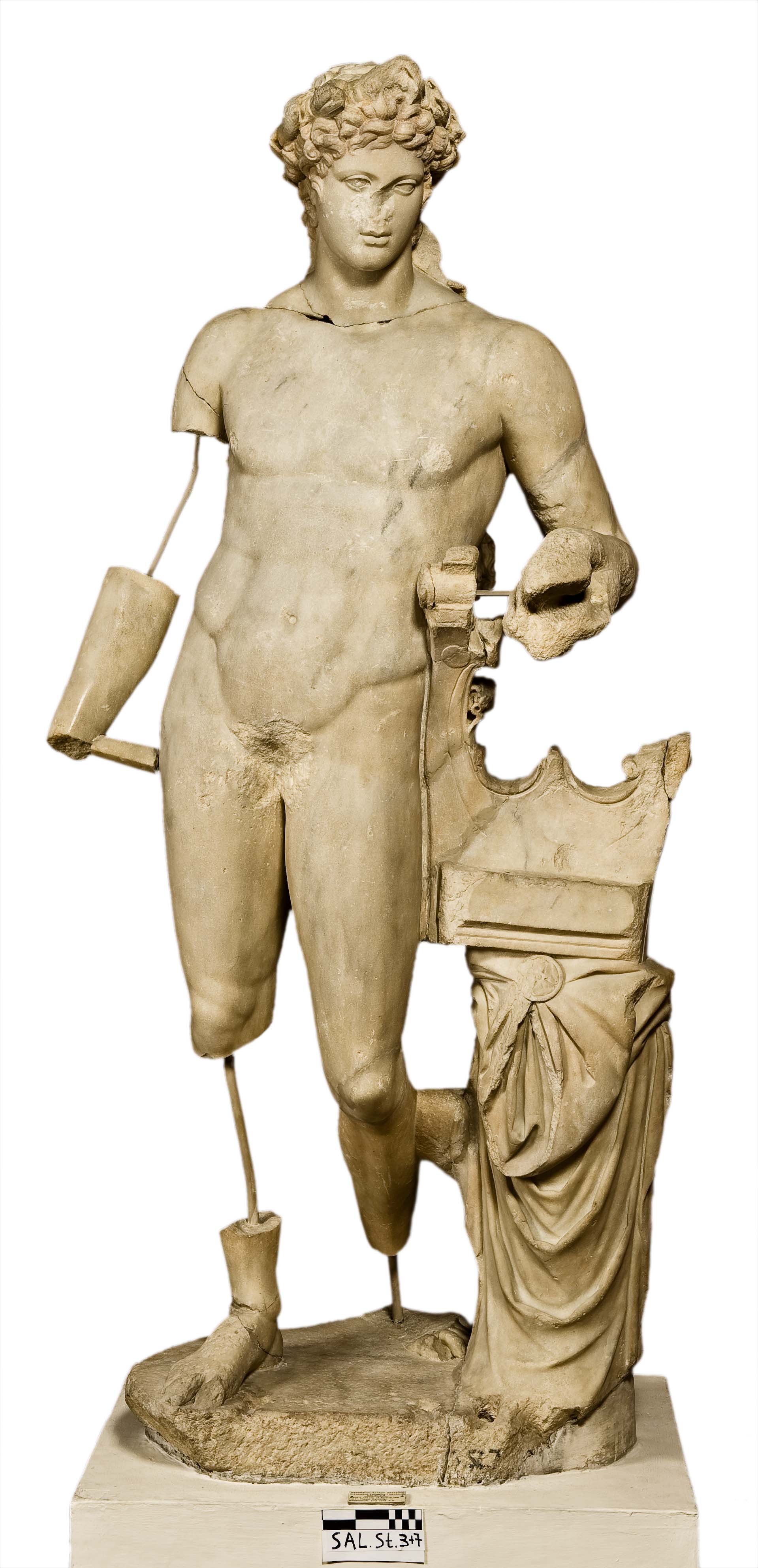
Finally, the important production of clay figurines dating from the Early Bronze Age until the Roman period is represented in Room XIV following a thematic order.
| Address | 1 Mouseiou Str. (Lefkosia) |
| Telephone | 22865854 (entrance/ticket sales)
22303112 (for information after Museum opening hours)
22865805 (Museum Shop) |
Opening hours
for Public Holiday opening hours see home page | Tuesday - Friday: 8.00 - 18.00
Saturday: 9.00 - 17.00
Sunday: 10.00 - 13.00
Monday: closed
Every first Wednesday of the month: 8.00 - 20.00
|
| Tickets | Free entrance |
| Accessibility | 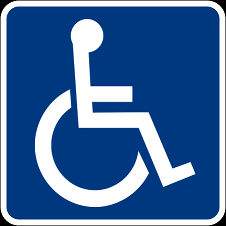
Entrance: Ramp
Museum Rooms: Chair Lift
Special Parking Space: available (not marked)
Special rest rooms: available (temporary location in area accessed with difficulty) |
|  |
|
|